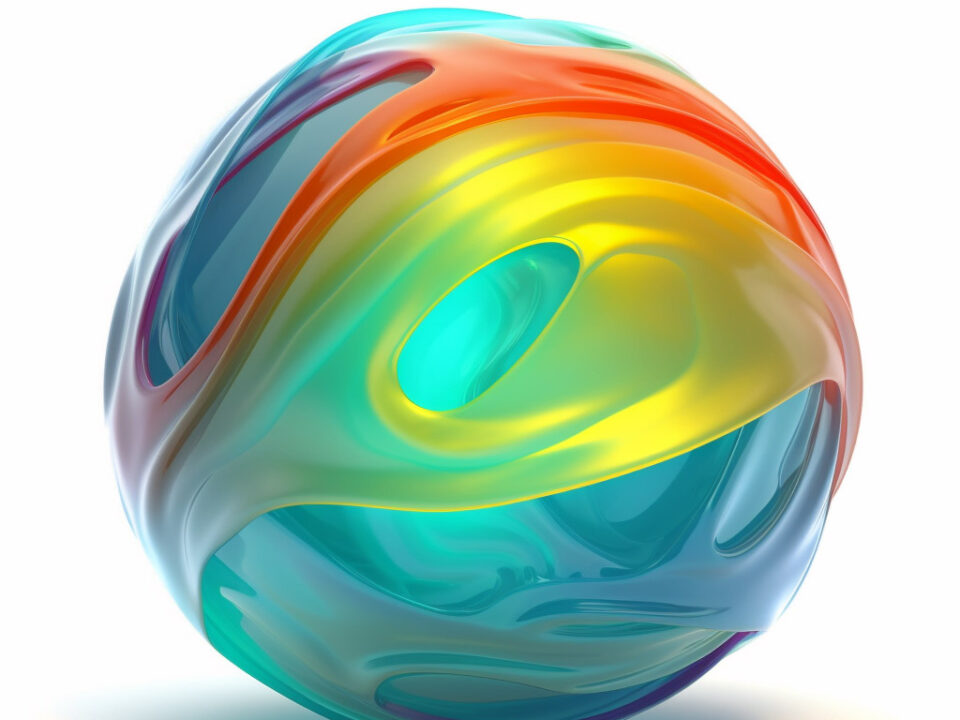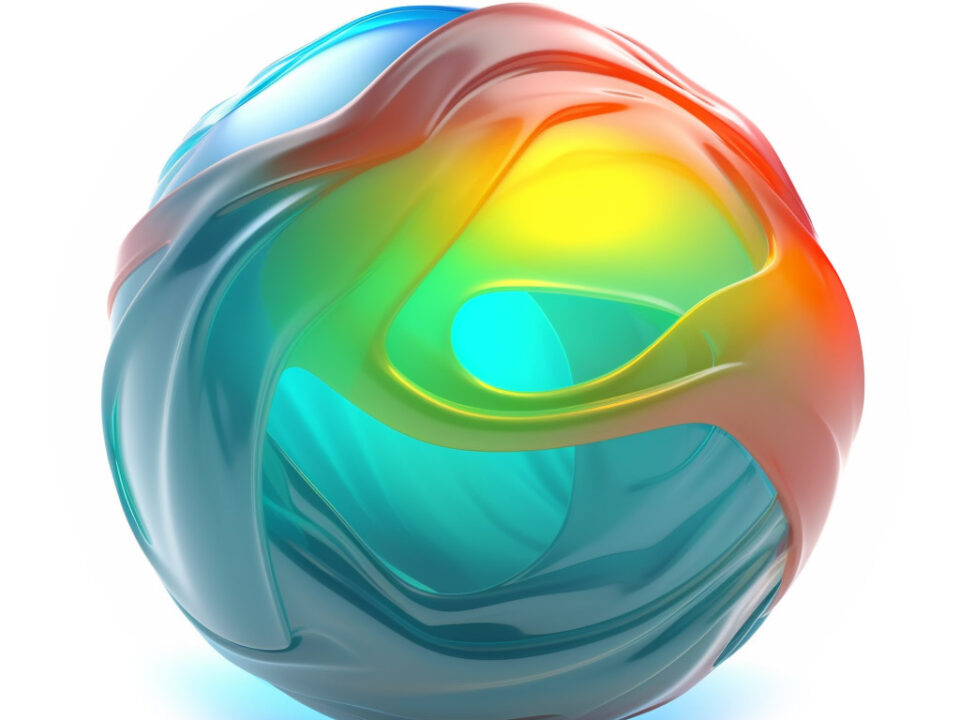
How does radiation shielding work to protect against harmful radiation?

What file formats are commonly used for storing vector graphics?

What are Bézier curves, and how are they used in vector graphics?
Bézier curves are mathematical representations that are widely used in vector graphics to define and create smooth and precise shapes. These curves, named after the French mathematician Pierre Bézier, are defined by a set of control points that determine their shape and curvature.
In vector graphics, Bézier curves are used to create and manipulate shapes such as lines, curves, and complex illustrations. They allow designers to create smooth and precise paths that can be scaled and modified without losing quality. From simple illustrations to intricate logos and fonts, Bézier curves play a crucial role in the creation of vector graphics.
How do Bézier curves enhance the precision of vector graphics?
Bézier curves enhance the precision of vector graphics by providing a flexible and accurate way to define curves and shapes. The control points of a Bézier curve allow designers to precisely control the curve’s shape and curvature. By adjusting these control points, designers can create curves that seamlessly blend into straight lines or create complex and organic shapes.
The flexibility of Bézier curves also allows for easy modification and editing. Designers can add or remove control points to refine the shape or adjust the curve’s curvature without affecting the rest of the artwork. This precision is essential for creating high-quality vector graphics that can be scaled to any size without losing clarity or sharpness.
What are the key benefits of using Bézier curves in vector graphics?
Using Bézier curves in vector graphics offers several key benefits. Firstly, they allow for the creation of smooth curves and lines with precise control over their shape. This level of control is especially useful for creating detailed illustrations and graphics with intricate curves.
Secondly, Bézier curves enable scalability without loss of quality. Vector graphics are resolution-independent, and by using Bézier curves, designers can scale their artwork to any size without any loss of detail or sharpness. This makes vector graphics ideal for various applications, from small icons to large banners or billboards.
Lastly, Bézier curves facilitate easy editing and modification. Since the curves are defined by a set of control points, designers can easily adjust and refine the shape without having to redraw the entire artwork. This flexibility allows for quick and efficient iterations, saving time and effort during the design process.
How do Bézier curves contribute to the creation of smooth vector graphics?
Bézier curves contribute to the creation of smooth vector graphics by providing a mathematical representation of curves that can be easily manipulated. These curves define the shape and curvature of lines and shapes, allowing designers to create smooth and flowing paths.
By adjusting the position and curvature of the control points, designers can create curves that transition seamlessly from one point to another. This smoothness is crucial for creating organic shapes and realistic illustrations. Additionally, Bézier curves can be combined to create complex paths with varying degrees of curvature, further enhancing the smoothness and complexity of the vector graphics.
What makes Bézier curves an essential tool in designing vector graphics?
Bézier curves are an essential tool in designing vector graphics due to their versatility and precision. The ability to create smooth and accurate curves and shapes is essential for creating visually appealing and professional artwork.
Furthermore, the scalability of vector graphics combined with the control provided by Bézier curves allows designers to create artwork that can be used across different mediums, from print to web and everything in between. This versatility makes Bézier curves an invaluable tool for designers looking to create artwork that can be easily adapted for various purposes.
In conclusion, Bézier curves are a fundamental component of vector graphics, providing the means to create precise, scalable, and smooth artwork. Whether it’s creating simple shapes or intricate illustrations, the control and flexibility offered by Bézier curves make them an essential tool for designers in the world of vector graphics.


